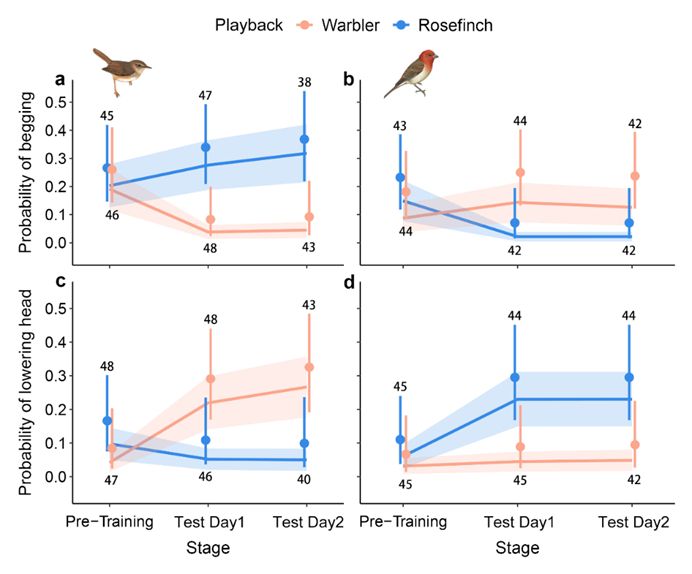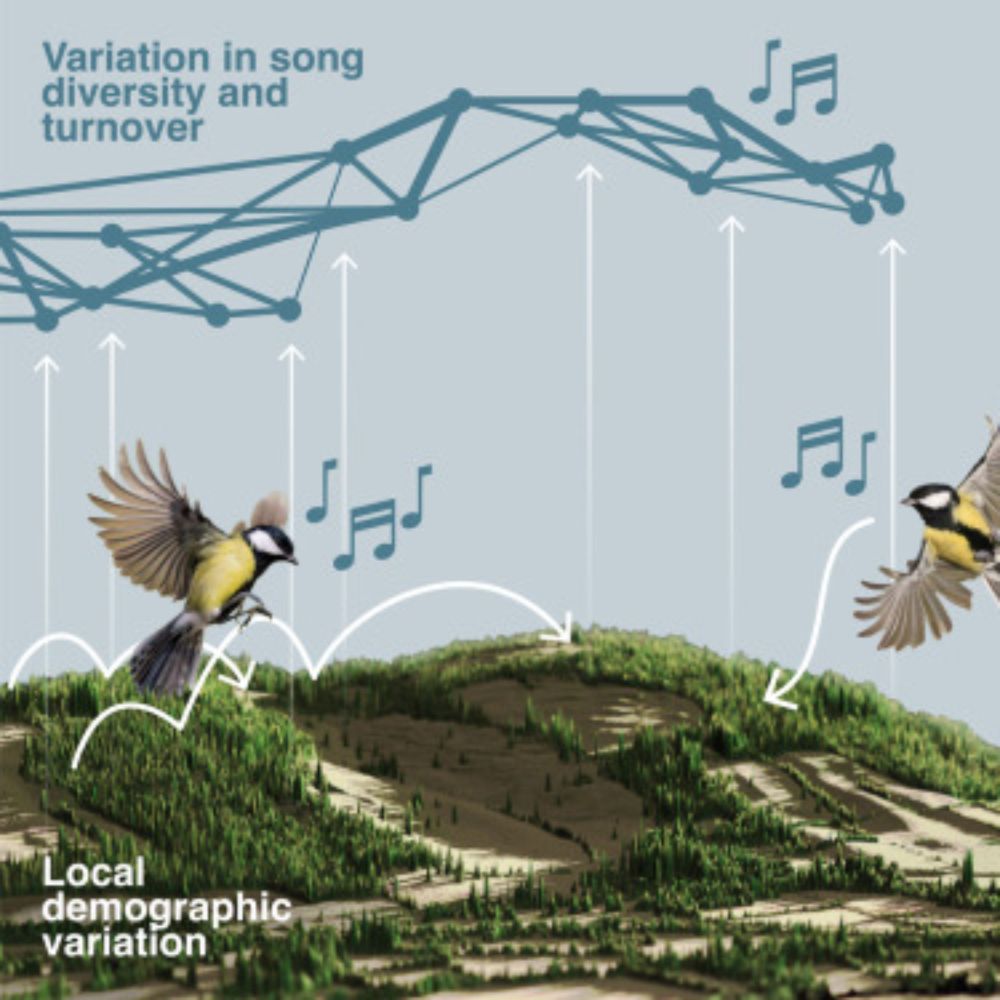
www.findaphd.com/phds/project...




www.findaphd.com/phds/project...



www.sciencedirect.com/science/arti...

www.sciencedirect.com/science/arti...
Research has revealed that male Ruff travel thousands of kilometres in search of mating opportunities over the course of the breeding season:

Research has revealed that male Ruff travel thousands of kilometres in search of mating opportunities over the course of the breeding season:




